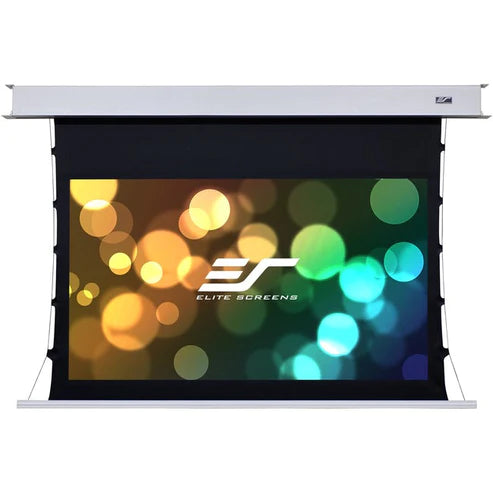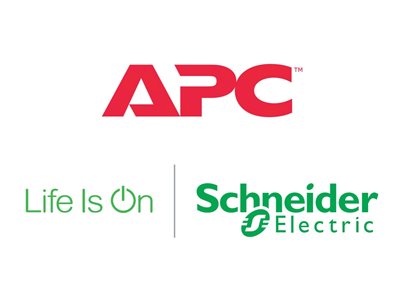Projector Screens Buying Guide
If you are planning a presentation and plan on using a projector, you’ll need a screen that will work with it. This buyer’s guide will help you find the right one. We won’t have a list of specific models (like some of the reviews you’ve already read).
This will more or less help you find the best option based on your most pressing needs. In the first section, we’ll go over the common features. The next section will be a list of factors that you’ll need to consider.
Eventually, you’ll find a projector screen that will check off all the boxes. With that said, let’s get started with the list of common features below.
Common features for projector screens
Size
To begin, the screen size is the first feature to look at. This will determine how large the image will look. It’s always a good idea to find a screen size that will fit the picture itself.
Not only that, you want to make sure people in the room can see it clearly. A smaller sized screen will be good for small and medium sized rooms. Otherwise, a larger screen will be great for large rooms.
Later on, we’ll help you make the determination of size based on some elements of the projectors you may have.
Mounting options
Projector screens have different mounting options. You can choose between a standing, wall, or ceiling mount. If you are looking for something portable, a standing projector screen will be the best option.
For something more permanent, a wall or ceiling mounted projector screen can get the job done. Once again, this will be determined with other factors (which will be covered in the next section).
Surface material
Surface materials for a projector screen can help bring out the best in the picture. Specifically, you might be looking for something that will provide excellent color accuracy. It may also be worth noting that you can find a material that will work well for its environment.
You can do a presentation indoors where there is no natural light present. Or you can get it done outdoors (where natural light may exist). Again, it depends on the regular environment that you’re in for regular presentations.
Motorized or manual deployment
This will be more of a preference than a need. Motorized projectors can be operated via remote control. Manual deployment will require the use of a hand crank or even a pull down.
It’s always a good idea to know which one will serve you best.Keep in mind that manual ones will be the more affordable option. Otherwise, you might consider a motorized one something worth trying out.
Viewing angle
The viewing angle will ensure the visibility of the image. A wide viewing angle will make sure that the image is wide enough. If you plan on presenting in front of a large audience, you want to take this into account.
You don’t want the screen to be too wide in a small room. It might be overkill for a small group of people as well. Use your better judgment in terms of finding a screen with a good enough viewing angle.
Factors to consider when purchasing a projector screen
Now that you know what the common features are, we’ll be taking a look now at the following considerations. You’ll want to mull these over so you can be able to decide which one projector will serve you best. Let’s take a look at the list below:
What size is the room?
This consideration will be easy if you have a designated room for your presentations. However, the screen size will limit your options for rooms to use if you are on the go (like at hotel conference rooms). If you normally give presentations in smaller rooms, a smaller screen will be sufficient.
Likewise, a larger screen will be a better fit in larger rooms or with larger audiences. A simple rule of thumb to follow is: the size of the room is equal to the screen you’ll need.
What type of projector am I using?
Your projector will play a role in the kind of screen size you’ll need. For example, a small screen will be useful if you have a projector with a brightness of 2000 lumens. Likewise, a larger screen will require a projector that has 3000 lumens of brightness.
If you already have a projector, check to see how many lumens it has. From there, it should be enough to answer the size question. You may already have a projector that is bright enough for larger screens.
It’s always a good idea to make sure the projectors and screens match each other. You don’t want to create a mismatch to where the picture is too bright or too narrow.
Affordability
There are plenty of factors that will play into the price of the projector screen. This includes size, mountain options, and the deployment among others. You may have critical needs to address over all else.
Once you know what they are, you can then choose the screen you want based on price. It’s never a good idea to choose the cheapest option. Because if you do, you’ll sacrifice the overall performance and quality.
Finding the best screen you can afford is your best option. Even if you spend a little extra than intended, it’s better than having poor quality.
Final Thoughts
If you are in the market for a projector screen, this guide can be helpful. It can come down to a specific size for your presentations. It may also come down to the projector that you’re using.
Either way, there are several factors to consider when choosing a screen. The ones we’ve listed above are your most critical. Be sure to choose one that will be durable, reliable, and worth every penny of your investment.
We hope that this guide has helped you find the best projector screen. We encourage you to save this guide as a reference in case you need to purchase an additional screen in the future.







